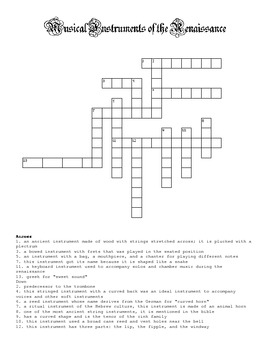

The melody and harmony in ABCD forms continues to change and develop throughout the 32 bars. This form is less common than the previous forms we have covered, but there are some well-known standards following this structure. If the relationship between the two sections is very different, then some musicians see this as justification to call the second section a “B Section” as opposed to an “A’ The ABCD Jazz Form The relationship between the two sections might be very strong – in which case it can be referred to as a parallel-type relationship, or the relationship between the sections can be vague, where only fractions of each are similar.įor the former, where the sections are very similar, this form can be referred to as an AA Form. In this form the song is divided into two equal parts of 16 measures each. To finish the tune we then have an 8 bar C Section The AB Jazz Form We then repeat the A section again – usually with the exact same chords and melody as the 1st A Section. The ABAC begins with an 8-bar A section followed by an 8 bar B section.

Around 1/3 of PianoGroove tutorials have an ABAC form so it’s another important form for you to understand. Our next common form is the ABAC form, which is often used in stage musicals and movies. In fact, just under half of all the jazz standards that we’ve covered on PianoGroove, have an AABA form.īy identifying the songs with an AABA form, it makes it easy to visualise the melody and changes, and to quickly commit the tune to your memory The ABAC Jazz Form The Classic American songbook form is the AABA form & much of the jazz standard repertoire follows this structure. For 32 bar form, that’s 4 blocks of 8 bars: The AABA Jazz Form When learning a new tune, it is effective to visualise the form in these 8 bar sections. Most tunes in the jazz standard repertoire follow a 32 bar form and are in 8 bar sections. Check out the course on 12 Bar Blues Improvisation for more information on this common chord progression. The 12 bar form, is most commonly associated with the blues. Jazz standards are musical compositions with a short form – usually 12, 16, or 32 measures long. This lesson will now give you tips and guidance to help you memorise jazz standards effectively and efficiently. Each one then becomes easier and you will begin to see lots of similarities in the forms and chord changes. Learning standards by memory is a gradual process, and the first tune you learn in this way is the hardest. It will also allow you to accompany others more effectively because you will be present in the moment and more aware of what is going on in the band. Why Learn Jazz Standards By Memory?įirstly, it will help you improvise more freely because you do need to think about which chord is coming next. Whilst lead sheets are a useful tool when starting out with jazz, learning tunes by memory will benefit your playing in a number of ways. We’re going to start off this course by discussing the best way to learn and memorise jazz standards. These lessons will prepare you for playing in a jazz band so that you know what to expect, and also what is expected of you. Welcome to this course on How To Play With Other Jazz Musicians. Common Jazz Forms: AABA, ABAC, AB, & ABCD


 0 kommentar(er)
0 kommentar(er)
